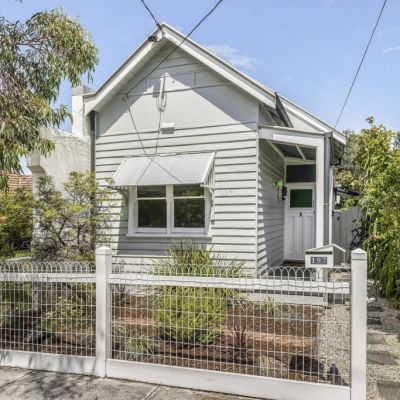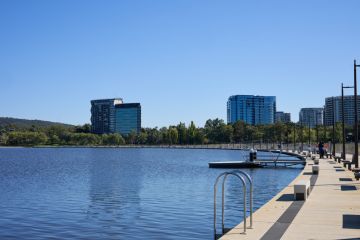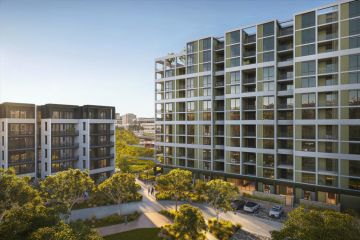The type of home that will save you $25,000 in energy bills
An improved energy efficiency rating system promises to help apartment buyers work out how environmentally friendly their new home is, including whether it can leave purchasers about $111,000 better off over 30 years.
The Green Star apartments certification now rates units individually, based on their thermal performance, energy efficiency, access to renewable energy, air quality and a range of other factors. The previous system rated entire buildings, not the apartments themselves.

The first project with the new ratings is expected to be completed in 2027 in Brisbane, and the ratings tool is being launched on Tuesday.
Green Building Council Australia chief executive Davina Rooney said Green Star apartments needed to meet the Nationwide House Energy Rating Scheme (NATHers) rating of 6 or 7 at a minimum, but then also go beyond that to be certified.
“It’s required to have a better energy rating – their energy bills are 20 to 25 per cent lower,” she said. “[The rating] comes from things like double glazing, orientation, airflow and what materials are being used.”
Gateway Bank modelling projected a Green Star apartment would save its occupants $25,500 because of reduced energy consumption over 30 years, but it said the figure did not take into account increases in power costs over the period, so savings could be higher.

Rooney said the revamped certification would make it easier to apply for a “green loan”, a mortgage product offered to environmentally friendly homes at reduced rates. The same modelling projected a borrower could save $40,320 in repayments over the life of the loan.
The modelling suggested that a certified apartment could appreciate in value faster than a standard home, at an extra 2 per cent per year, and could be worth $45,244 more after 30 years. In total, Gateway Bank’s modelling estimated that an owner of a Green Star unit could be $111,064 better off over three decades.
The rating also required the design of the homes to account for climate change and extreme weather that was expected to become more intense and common as the atmosphere warms; Rooney said aside from the savings, the rating would also help homeowners find homes that would be safe in the future.
“Australia is already at a 1.52 degree temperature increase. We need to be designing buildings for where we’re at now and into the future,” she said.
The new system had already been adopted by some large developers and would be used on build-to-rent developments as well as build-to-sell.
Lyrian Daniel, associate professor in architecture at the University of South Australia, who was not involved in the modelling, said the scheme could help provide better quality information about energy efficiency in homes.
“Anything that provides the consumer, whether it’s someone looking to rent or looking to buy, better quality information about whether what they’re purchasing or leasing is a good thing,” she said.
“What will make a difference is if it’s applied with enough breadth, so consumers can compare the difference between different apartments.”
Daniel said she expected the scheme to benefit better-off households, however, given green apartments typically cost more to purchase or rent.

“These kinds of schemes are useful, particularly at the top end of the market and more so for new builds,” she said. “The thing we always think is about the lower-cost end of the market where these things are an added extra and the existing apartment stock and how can that be improved.”
Daniel said the lack of information available about existing properties required a top-down approach, so lower-income households weren’t left behind. “That’s where we need government regulation,” she said. “It would be great to see governments expand the breadth of regulation through the NATHers schemes, residential tenancy acts and things like that to extend into indoor air quality, water efficiency, energy efficiency as well.”
More than 100 community organisations have supported a statement calling on the federal government to fund and co-ordinate the implementation of mandatory minimum energy efficiency standards in rentals across the country.
Signee Better Renting’s executive director Joel Dignam said he was optimistic about the benefit the new rating scheme could provide renters, given it would apply to newly built apartments.
“That, plausibly, is more likely to benefit renters because a lot of new units are aimed at property investors who will rent them out,” he said. “Anything that means those newer units will perform better and have reduced operating costs will disproportionately benefit renters.”
Dignam said it still left a gap in the existing homes market, the bulk of homes in the country.
“There is still a need for looking at the existing stock because people with fewer resources will still be living in older, crappier homes,” he said. “The voluntary approach hasn’t worked in just creating a signal. It’s not enough.”
We recommend
We thought you might like
States
Capital Cities
Capital Cities - Rentals
Popular Areas
Allhomes
More
- © 2025, CoStar Group Inc.










